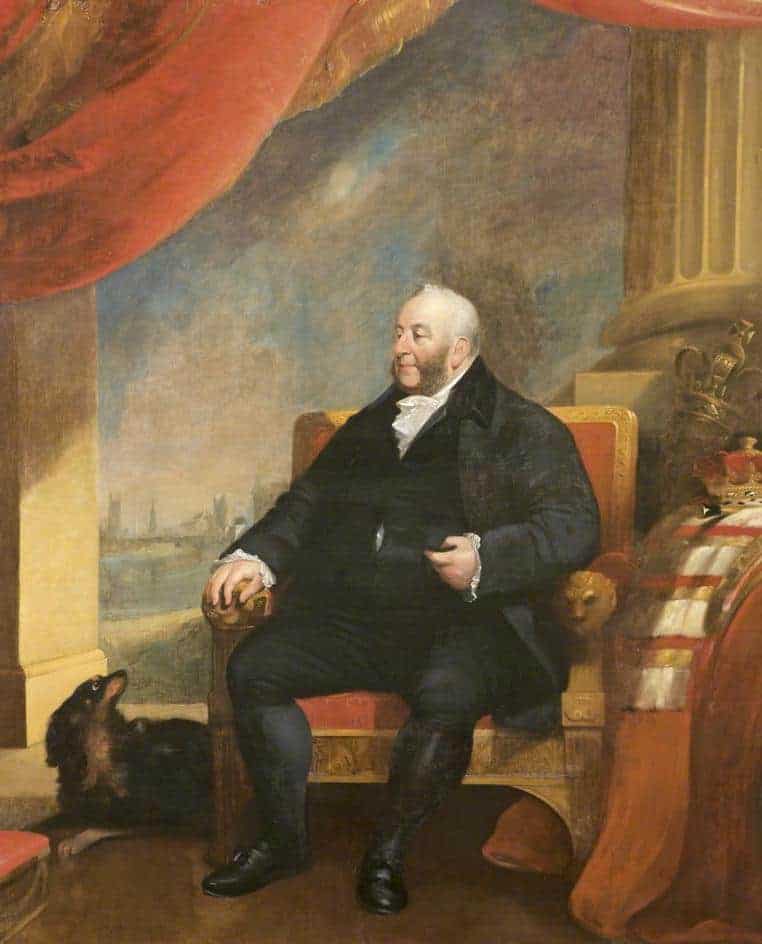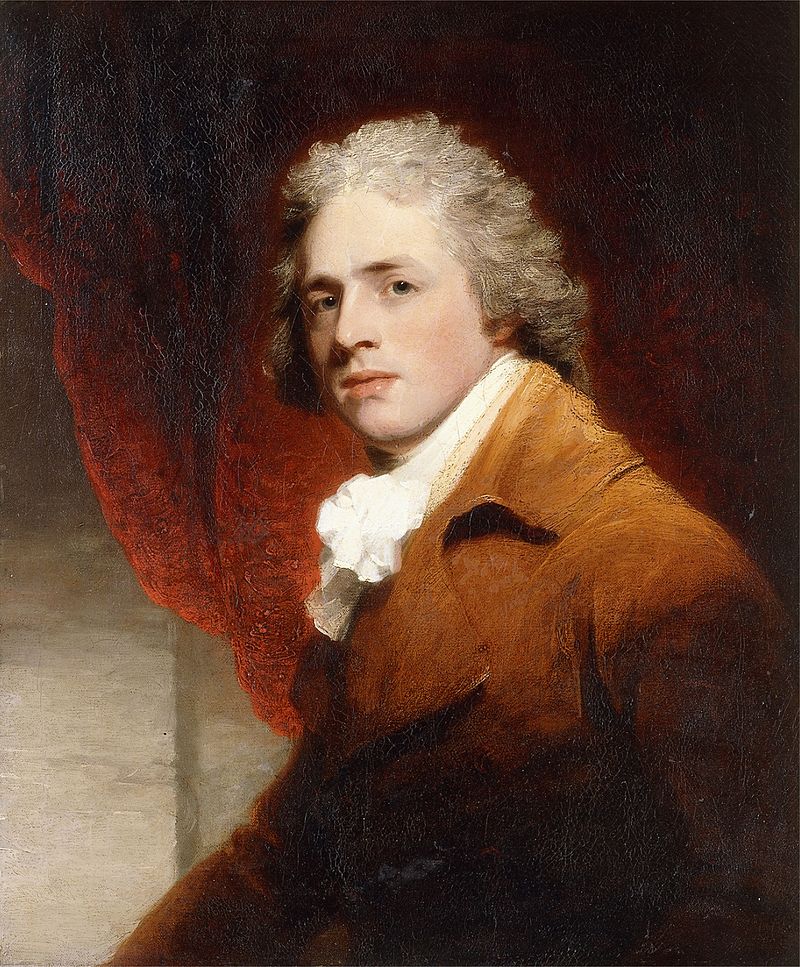In 1652 Charles Howard, son of the Earl of Arundel, inherited a share in the manor of Dorking.
He settled at ‘Dibden’ on the eastern edge of the town. Initially he lived in a relatively humble manner. But after the Restoration of the British monarchy in 1660 he built himself a large house. There he studied natural history, conducted experiments in his laboratory, and created an Italianate garden with rare plants and grottoes that was admired by the antiquary and biographer John Aubrey and the writer, John Evelyn.
In the 1760s Charles Howard’s grandson, also called Charles, built a mansion on the 100 acre estate.
The younger Charles became 10th Duke of Norfolk in 1777. He spent his summers at the Deepdene and his winters in London.

Image courtesy of James Lonsdale
The 11th Duke abandoned the Deepdene in 1790. He intended to build a new mansion at Newdigate but renovated Arundel Castle instead. He was known as the ‘Protestant Duke’. A slovenly man, he disliked washing so much that he had to be washed by his servants whilst in a drunken stupor
On his death his body was brought from Norfolk House in London to Burford Bridge, just outside Dorking, where it was joined by a cavalcade of heralds, nobility and attendants, who followed his body to St Martin’s church.

The dramatist Richard Brinsley Sheridan (1751-1816) was allowed the use of the Deepdene by the 11th Duke. He went on to purchase the estate at Polesden Lacey which is now owned by the National Trust
The Dukes of Norfolk sold the manor of Brockham to the Hope family in the early 19th century but remained absentee landlords of the manor of Dorking until the 1950s when they sold all their Dorking properties. The Norfolk and Arundel connection is recalled in many local street names.

